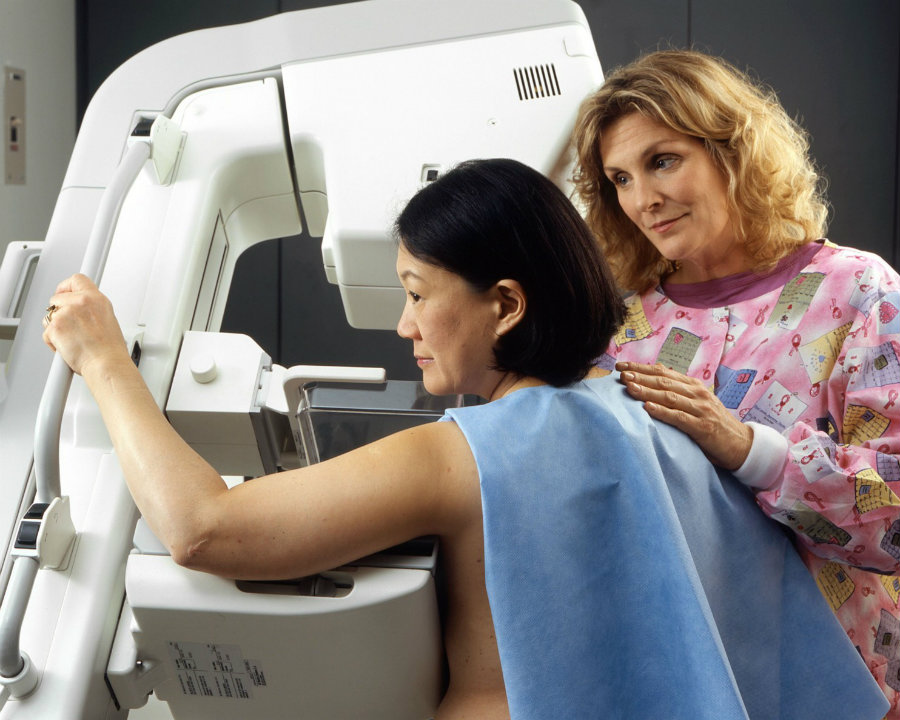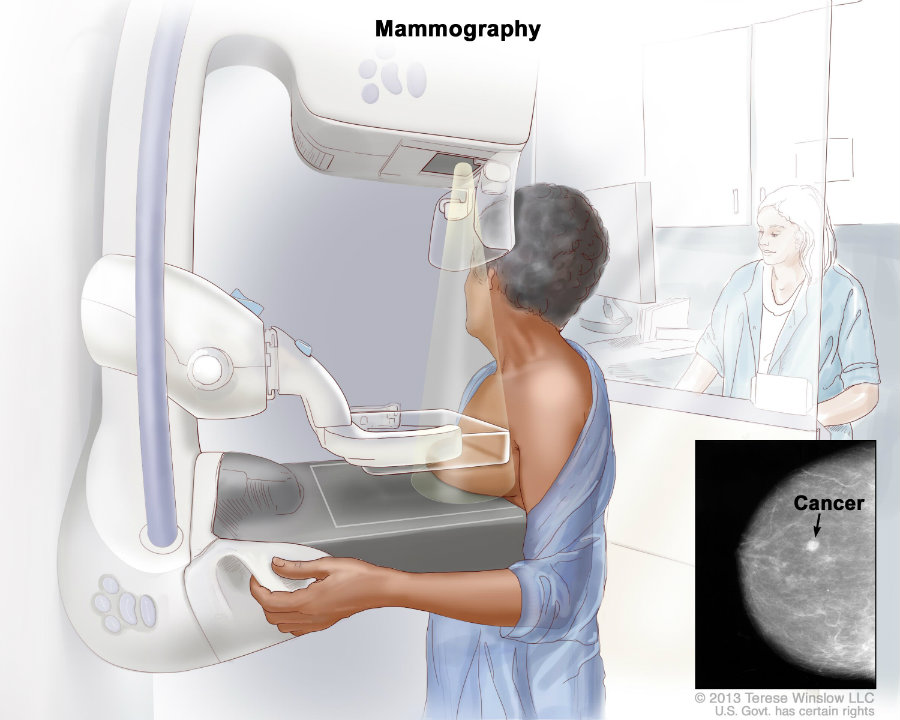According to a recent study based on the University of Illinois, Chicago, women receiving a true negative mammogram result were more likely to schedule a second appointment when compared to those receiving a false positive.
In medical statistics, a false positive is an equivalent to a “false alarm,” where a threat or an illness is wrongfully acclaimed. Alongside false negatives, they constitute type I and type II errors in hypothesis testing.

On the other hand, a true negative result is when the doctor correctly rejects the proposed hypothesis.
Spotting breast cancer early may change everything
The study labeled mammograms as “economically, physically, and emotionally burdensome,” these being the main reasons why women don’t usually feel inclined to schedule another appointment. Researchers decided to study future screening behavior depending on the result of past analyses.
The main issue is that mammograms become efficient when they detect cancer at an early stage when the tumor is too small to be palpable. Mammograms can also detect other cellular abnormalities that can cause trouble shortly. The attending physician is expected to call for a biopsy to determine the best course of action.
But because biopsies are not always performed, at least one out of every ten mammograms lead up to the doctor declaring a false positive, which would translate to telling the patient that she has a cancerous tumor. Such diagnoses are known to cause anxiety and significant changes on the person’s way of life until the false positive is rebuked.

Firas Dabbous, head of patient-centered outcomes research at Advocate Lutheran General Hospital led his team to analyze the data that would show how just over 12 percent of all mammograms lead up to a false positive result.
261,767 women participated in the study, who accounted for 650,232 true negative and 90,918 false positive mammograms. Those who had received a true negative result were 36 percent more likely to schedule a future screening within the next 36 months compared to those who had been given a false positive.
15 percent of participants who received a true negative result did not schedule a future mammogram, while that rate increased to 22 percent for women who had been given a false-positive result.
Apparently, the median delay between mammograms among participants was 13 months for those that had received a false positive result on their first mammogram. In the case of false positive mammograms, this would lead patients to a 0.4 percent increase in the risk of being diagnosed with late-stage breast cancer within the next 4 years, while the increase stood at 0.3 percent for those that received a true negative result. Even if the difference does not appear too significant, researchers highlighted that it is not to be underestimated.
Everything you should know about mammograms
A radiology technician performs a mammogram, and the results are interpreted by a doctor. The procedure requires the patient to remove its clothes above the waist, while the technician should provide a gown of sorts to use during the screening.
Mammograms are usually performed while the patient is standing up, lasting about 15 minutes while the images are being captured. It is important to let know if the patient is pregnant or suspects being pregnant, seeing that mammograms expose the person to moderate doses of X-rays, so it is not a routinary procedure during pregnancy or during breastfeeding. It is also advisable to undergo a mammogram at least 2 weeks after the period has ended, due to X-ray exposure being slightly uncomfortable at such times.

Although the word “cancer” may put itself as a primary concern in a woman’s life, it is possible that the mammogram finds certain types of breast cancer that will never cause symptoms or become a life threat at all. The inconvenient is that doctors are not always able to tell what type of cancer it might be, so all kinds of breast cancer receive treatment eventually. This is mostly for reducing the patient’s exposure to tests that may end up doing more harm than good.
For having the results of the mammogram at hand, one should wait no more than 10 days. Sometimes the patient is asked to undergo a second round of screening if there was an unnoticed inconvenient when capturing the first set of images.
Breast cancer will show itself on the mammogram as an abnormal growth or lump within the breast tissue. Calcified tissue may also be seen in areas where the cancerous tumor is growing rapidly. Many abnormalities shown on a mammogram can be something other than cancer, but undesirable outcomes can only be reduced by having more frequent mammograms.
The American Cancer Society advises women aged 45 or older to have yearly mammograms, even if the patient’s state of health appears to be optimal. On the other hand, the U.S. Preventive Services Task Force recommends a single mammogram every two years for women aged between 50 and 74.
Source: Cancer Epidemiology Biomarkers and Prevention
